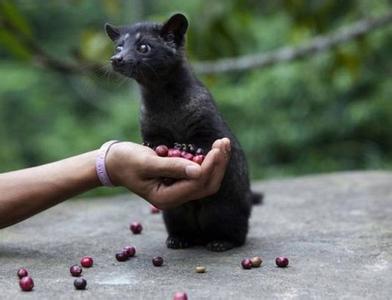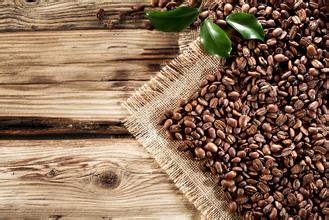Description of taste and flavor of Salvadoran coffee beans grinding scale treatment
Description of taste and flavor of Salvadoran coffee beans grinding scale treatment
El Salvador's coffee accounts for 40% of the country's exports, and it is usually picked in November, December and January-March of the following year. The export of raw beans lasts almost all year round. Coffee is produced in seven of the country's 14 provinces, with the largest number in the northwestern provinces of chalatenango and santa ana. El Salvador produces 100% Arabica coffee, 68% of which is bourbon, which usually grows at an altitude of 1062 Mel 1972 meters. On the other hand, El Salvador has a unique mountain, river and plateau, which provides a suitable environment for the growth of bourbon coffee. At the same time, El Salvador's suitable temperature, abundant precipitation and fertile soil are also indispensable natural conditions for breeding high-quality coffee beans. Salvadoran coffee, like other typical island beans, is well-balanced, soft and good in texture.
El Salvador is washed beans, medium-shallow baked, warm and smooth, smooth entrance, sweet and sour mellow thickness are very regular, do not have too prominent flavor characteristics, so do not leave much impression. But the flavor of tanning El Salvador becomes very recognizable and amazing. After grinding, the dry aroma gives off a pleasant tropical fruit aroma, followed by steaming, extraction, and until the end, a steady stream of jackfruit aroma. As soon as the extraction was over, I couldn't wait to take a sip, strawberry, brown sugar, faint spice, and then two more sips.
Salvadoran coffee inherits the mild quality of Sino-American coffee, which is soft, slightly sour and has a beautiful sweetness. At the same time, it also has its own characteristics: the aromatic taste is slightly sour and very soft; it is pure and has no miscellaneous flavor, and the taste balance is excellent; the smooth feeling like cream chocolate is impressive; the dense feeling of coffee in the mouth gives the coffee a deep taste and a long finish.

Important Notice :
前街咖啡 FrontStreet Coffee has moved to new addredd:
FrontStreet Coffee Address: 315,Donghua East Road,GuangZhou
Tel:020 38364473
- Prev

Grinding scale of St. Louis coffee beans treated with Costa Rican yellow honey
Costa Rican yellow honey treatment St. Louis coffee beans grinding scale yellow honey: about 40% of the pectin is removed; the drying method requires the most direct heat absorption, the maximum light drying, lasting about 8 days to achieve a stable water content. Red honey: about 25% of the pectin is removed; it takes longer to dry than yellow honey, and reduces the time spent in direct sunlight, even using
- Next

Flavor description of Sidamo Lion King Coffee beans texture treatment Grinding scale
Flavor description of Sidamo Lion King Coffee beans the flavor of grinding scale is obtained from the process of sun treatment. In the process of turning a coffee fruit (Cherry) into a coffee raw bean (Green Bean), two different methods are commonly used: washing and tanning. Because the sun method is to put the coffee fruit there to dry, the beans have a more complete natural mellow flavor, and are brought by fermentation.
Related
- Detailed explanation of Jadeite planting Land in Panamanian Jadeite Manor introduction to the grading system of Jadeite competitive bidding, Red bid, Green bid and Rose Summer
- Story of Coffee planting in Brenka region of Costa Rica Stonehenge Manor anaerobic heavy honey treatment of flavor mouth
- What's on the barrel of Blue Mountain Coffee beans?
- Can American coffee also pull flowers? How to use hot American style to pull out a good-looking pattern?
- Can you make a cold extract with coffee beans? What is the right proportion for cold-extracted coffee formula?
- Indonesian PWN Gold Mandrine Coffee Origin Features Flavor How to Chong? Mandolin coffee is American.
- A brief introduction to the flavor characteristics of Brazilian yellow bourbon coffee beans
- What is the effect of different water quality on the flavor of cold-extracted coffee? What kind of water is best for brewing coffee?
- Why do you think of Rose Summer whenever you mention Panamanian coffee?
- Introduction to the characteristics of authentic blue mountain coffee bean producing areas? What is the CIB Coffee Authority in Jamaica?

